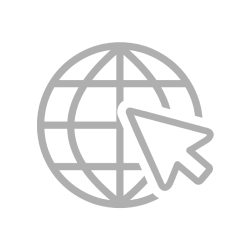Until the Russian invasion of Ukraine people have not heard much about fertilizers. After the sudden rise of fertilizer prices everyone’s attention rose tremendously as the public has finally discovered the importance of this essential input for food production. 50% of the global population has food on their table thanks to fertilizers.
Nitrogen, Phosphate and Potash are the three nutrients the plants need to grow and maintain a healthy cultivation process. Nitrogen is the most essential fertilizer and farmers will almost never skip its application. Early 20th century Haber-Bosch process which allowed industrial production of ammonia was the “savor of the world” by providing nitrogen fertilizers in large quantities. Ammonia based nitrogen fertilizers are applied in the form of urea and nitrates. The most efficient and competitive raw material for ammonia production is natural gas. There is also large-scale coal-based urea production, mostly in China.
The largest competitive nitrogen fertilizer producers are in countries which have natural gas. Broadly, one can say that the most important producers are in USA, Nigeria, North Africa, Arabian Gulf, Southeast Asia and Russia.
Russia’s role is twofold. On one hand they have been supplying natural gas to the European nitrogen industry and on the other hand as a large nitrogen producer they have been supplying fertilizers to global markets. Once sanctions on Russia were declared the impact of reduced natural gas supplies to Europe and constrained deliveries of fertilizers to the global markets were substantial and devastating in Africa.
Following these Russian sanctions and losing Nordstream pipeline capacity to sabotage, the European nitrogen industry lost its competitive position due to extremely high natural gas prices. The nitrogen producers had to partly shutdown production. This led to extremely high fertilizer prices which had a very negative impact on agriculture demand and hence on food production. This resulted in food inflation everywhere and threatened Africa and South Asia with famine.
Europe was lucky during last two winters in a row with mild weather. This led to reduced consumption of natural gas for heating purposes and industrial demand went down considerably. The natural gas storges were filled with LNG (liquified natural gas) imports shipped by sea from Qatar, USA, Egypt and Russia. With full storage and reduced demand the prices have come off considerably. These lower prices helped European nitrogen industry to increase production again. However, the LNG market is tight until well into 2025 when new capacities come online. There is no guarantee that next winter will be warm again. A colder winter can increase the natural gas demand for heating and LNG alone may not be able to meet this demand. Needless to say, the production of nitrogen fertilizers in Europe will be again very difficult.
As one can see the relationship between natural gas, fertilizers and food production is very close. It is most important to make sure that availability of competitive natural gas is safeguarded to feed the world.
